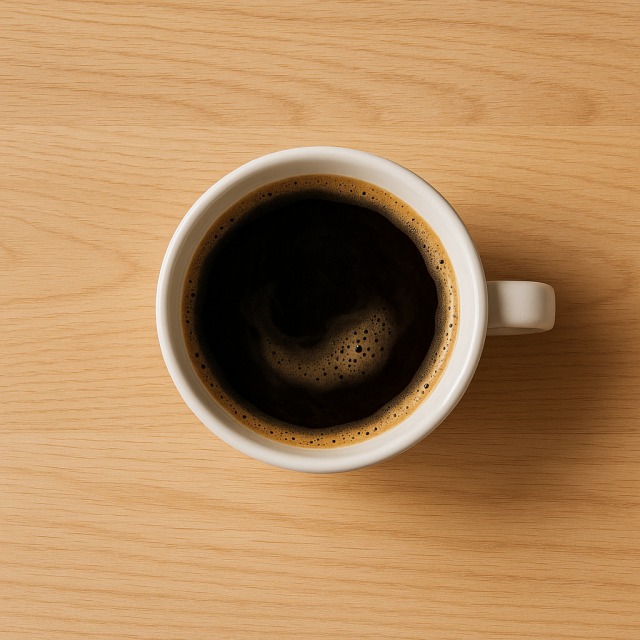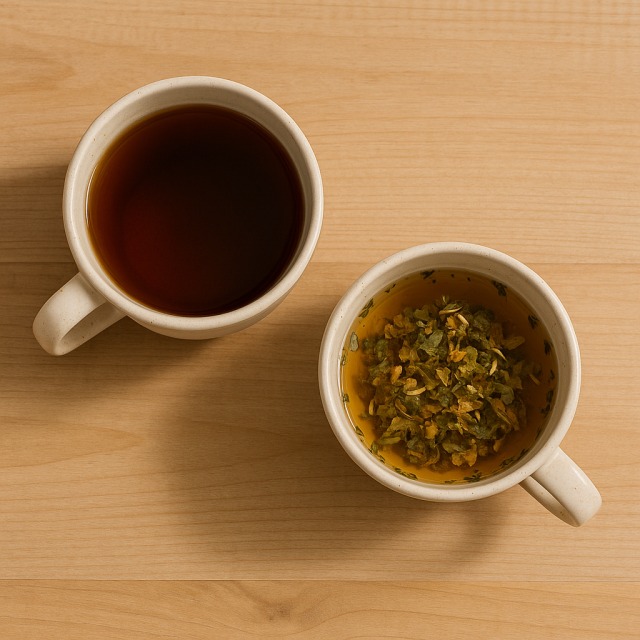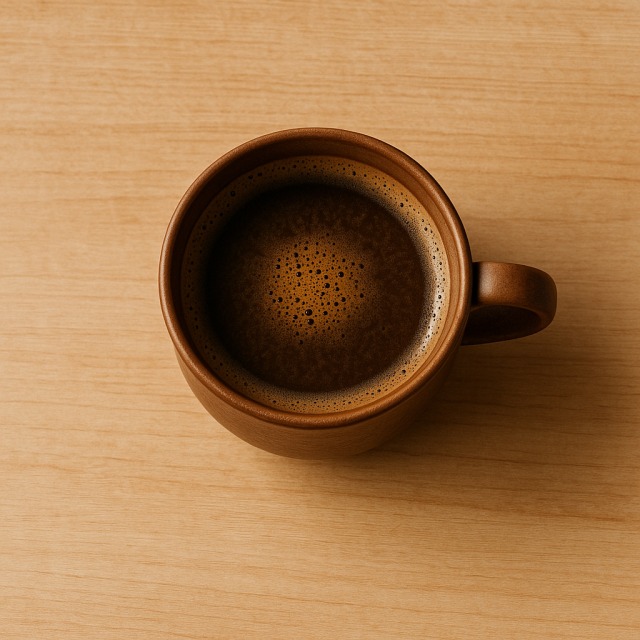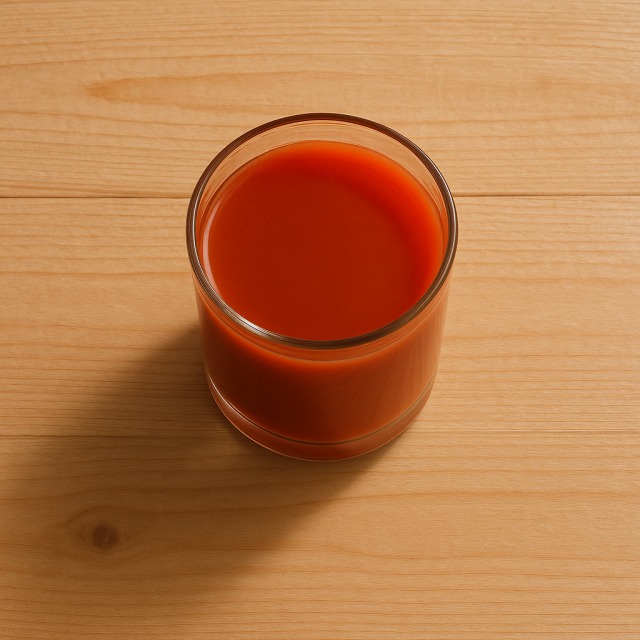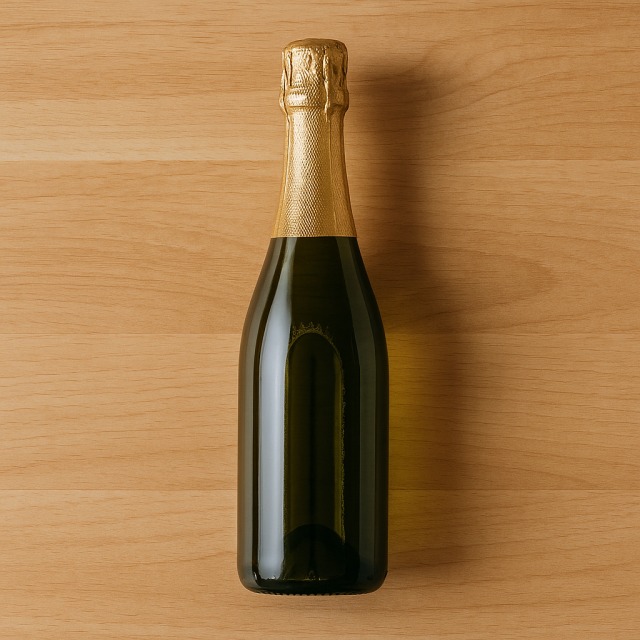Calorie Chart / Beverages / Cappuccino
How Many Calories Are in Cappuccino?
Calculation of the nutritional value & Recommended Dietary Intake of cappuccino
For ml and a calorie requirement of kcal
| Calories 40 kcal | Proteins 2 g | Lipids 2.3 g | Carbohydrates 2.9 g |
| 2% | 3% | 3% | 1% |
Health benefits of cappuccino
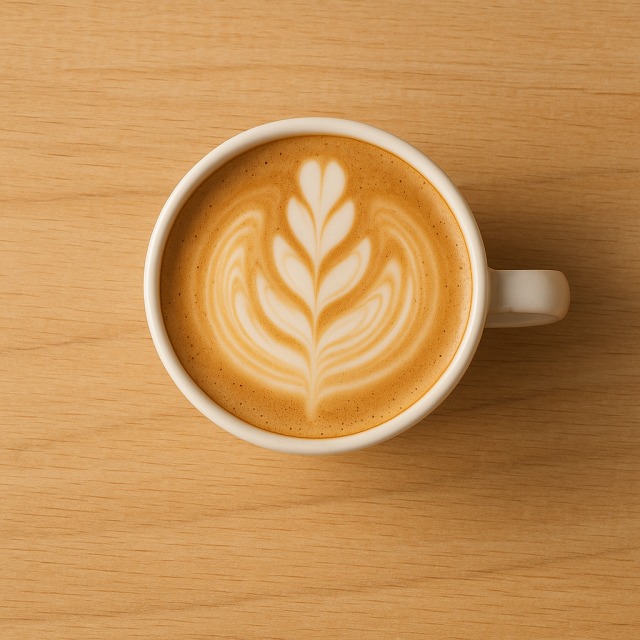
Cappuccino - 100ml
Calories 33 kcal
Proteins 1.7 g
Lipids 1.9 g
Carbohydrates 2.4 g
With only 33 calories per 100 g, cappuccino ranks as a low-calorie drink. Those watching their calories can enjoy its creamy texture without the energy hit of many sweetened beverages. Looking up "cappuccino calories" is therefore common among dieters who want flavor with restrained calories.
The espresso base supplies small amounts of potassium, magnesium, and niacin (vitamin B3), while the splash of semi-skimmed milk or whole milk adds calcium, vitamin B12, and riboflavin. Although the quantities are modest, every sip provides micronutrients without piling on calories. Caffeine itself is not a nutrient, but it may increase alertness and, according to some supposed mechanisms, slightly raise resting energy expenditure—again a point of interest for readers tracking cappuccino calories.
Originating in 17th-century Austria and perfected in Italy, the drink was named after the brown robes of the Capuchin monks. Its long tradition proves that flavor does not have to come with excessive calories. Repeating the comparison—cappuccino calories are lower than a sugary soft drink or a butter-laden croissant—helps underline its place in a balanced diet.
Tips for incorporating cappuccino into a balanced diet
To keep cappuccino calories low, favor skimmed or semi-skimmed milk and skip added sugar. A sprinkle of unsweetened dark chocolate shavings gives aroma at almost no extra calories.
For a balanced breakfast, pair the drink with a small portion of muesli and fresh apple slices instead of pastry; the fiber helps satiety without exploding calories. At snack time, an almond biscotti is traditional, but share one piece and compensate by using light milk in the cup—the combination still keeps overall calories reasonable.
Fans of desserts can turn cappuccino into a light affogato: pour it over a scoop of sorbet rather than ice cream; it delivers flavor while cutting calories compared with a classic sundae. Finally, use chilled cappuccino as the liquid in a homemade smoothie with banana and light yogurt; the result is creamy, rich in proteins, and controlled in calories.
Frequently Asked Questions
- How many calories are in cappuccino?
- There are 33 kcal per 100 g.
- Do cappuccino calories change if I use skimmed milk?
- Yes. Replacing whole milk with skimmed milk cuts roughly 10–15 kcal per 150 ml serving, making your cappuccino calories even lower.
- Is a cappuccino before a workout a good idea?
- The caffeine may boost alertness while the low 33 kcal per 100 g keeps pre-workout calories minimal, so it suits athletes who monitor calories closely.
- How do cappuccino calories compare with a latte?
- A latte uses more milk, so its calories are usually double or triple cappuccino calories for the same cup size.
- Can adding sugar double the cappuccino calories?
- A single 5 g sugar cube adds about 20 kcal; two cubes can almost equal the base 33 kcal, so sweetening quickly raises cappuccino calories.
Similar foods
Information provided by Calorie Menu may contain inaccuracies or errors. It cannot, under any circumstances, substitute medical advice or medication.
